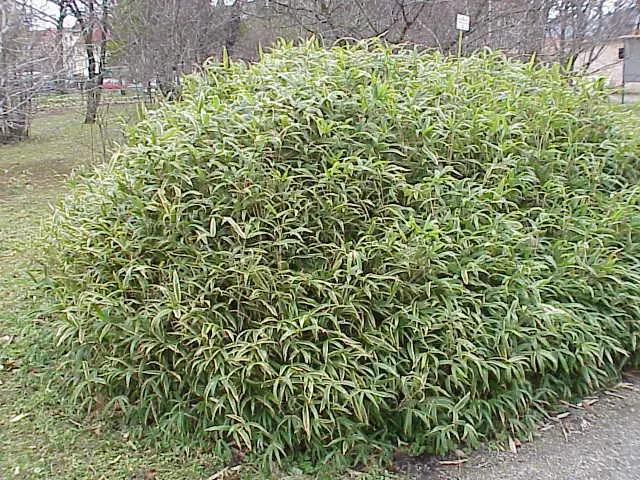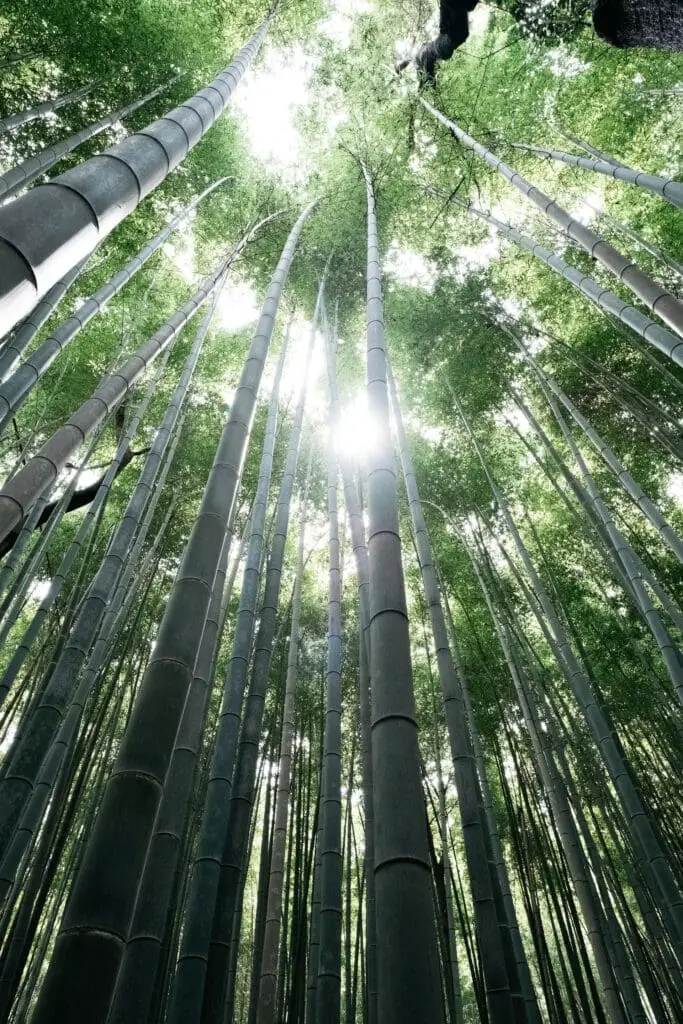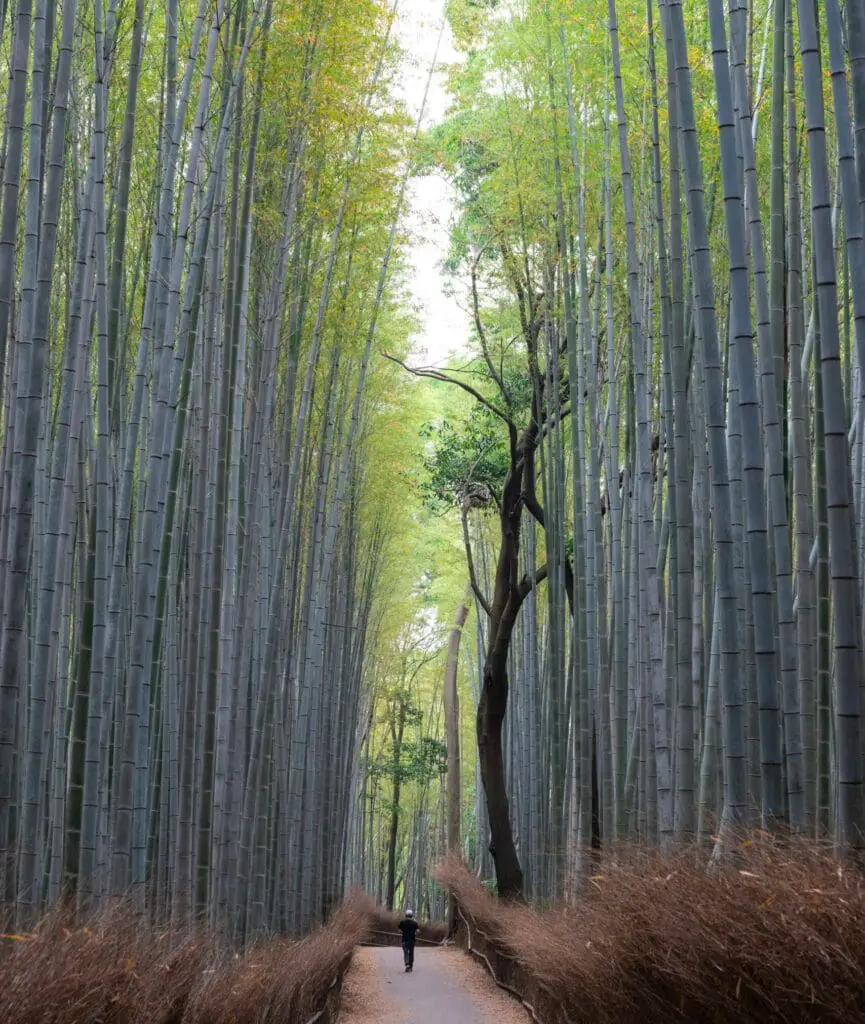How Tall Can Bamboo Grow?
Introduction
Bamboo, a plant as versatile as it is unique, has intrigued people for centuries. Its rapid growth and towering height are subjects of fascination and practical interest. But how tall does bamboo really grow? And what factors influence its growth?
This article delves into the captivating world of bamboo, exploring its growth patterns, the factors that influence its height, and the various uses of this remarkable plant based on its height. So, let’s embark on this journey to understand the towering heights that bamboo can reach and why it matters.
Key Takeaways
-
Bamboo’s Remarkable Growth: Bamboo is the fastest-growing plant on Earth, with some species capable of growing up to 91 cm (35.8 in) in a single day.
-
Height Variations: The height of bamboo can vary significantly, from the towering Giant Bamboo reaching up to 150 feet to the humble Dwarf Bamboo standing at just 2 feet.
-
Influencing Factors: Both environmental factors (climate, soil, water, sunlight) and genetic factors (species, age) play a significant role in determining the height of bamboo.
-
Versatile Uses: The height of bamboo influences its uses, from construction and furniture making to culinary uses and musical instruments.
What is Bamboo?
Bamboo, belonging to the grass family Poaceae, is one of the most versatile and fastest-growing plants on Earth. Originating from the tropical and subtropical regions, bamboo has successfully colonized a wide range of climates across the globe, from the cold mountains of the Himalayas to the hot plains of Africa.
There are over 1,400 species of bamboo, each with its unique characteristics. These species are divided into two main types: clumping and running. Clumping bamboos grow in tight clusters and expand slowly outward, while running bamboos spread aggressively through underground rhizomes and can quickly take over a large area if not properly managed.
Bamboo is not just a plant; it’s a symbol of flexibility, endurance, and resilience in many cultures. In China, it’s one of the “Four Gentlemen”, representing the virtues of the ideal scholar. In Japan, bamboo forests are often found near Shinto shrines as a barrier against evil. In the Philippines, bamboo is used in the construction of traditional houses, known as ‘Bahay Kubo’, demonstrating its importance in local architecture.
In the industry, bamboo’s utility is vast and varied. Its fast growth rate, strength, and flexibility make it an excellent material for construction, furniture, paper, and textile production. In recent years, bamboo has gained popularity as a sustainable alternative to plastic, with products ranging from bamboo toothbrushes to bamboo straws.
Moreover, bamboo plays a crucial role in environmental conservation. It absorbs carbon dioxide and releases 35% more oxygen than an equivalent stand of trees, making it an effective tool against climate change. Its extensive root system helps prevent soil erosion, especially in hilly terrains.
However, the most fascinating aspect of bamboo is perhaps its growth. Some species can grow up to 91 cm (35.8 in) in a single day under optimal conditions. But how tall can bamboo grow? And what factors influence its height? The following sections will explore these questions in detail.
How Fast Does Bamboo Grow?
Bamboo’s Remarkable Growth Rate – How Fast Does Bamboo Grow?
Bamboo holds the Guinness World Record for being the fastest-growing plant. Some species, like the Phyllostachys Edulis, commonly known as Moso bamboo, can grow up to 91 cm (35.8 in) in a single day under optimal conditions. That’s almost a staggering 4 cm per hour!
This rapid growth is due to a unique characteristic of bamboo called ‘monopodial growth’. Unlike most plants, bamboo’s internodes (the segments on the stem) do not grow in length. Instead, they emerge from the shoot at their full diameter and length, allowing the plant to grow rapidly.
The Bamboo Lifecycle
Understanding the lifecycle of bamboo provides insights into its growth pattern. Bamboo’s lifecycle can be divided into three main stages: the vegetative phase, the flowering phase, and the seeding phase.
-
Vegetative Phase: This is the growth stage where bamboo grows and matures. It can last from a few years to several decades, depending on the species. During this phase, bamboo focuses on height and rhizome system expansion.
-
Flowering Phase: Bamboo’s flowering is a unique and mysterious event. Some species flower regularly, while others may not flower for over 120 years. The flowering phase can last 1-3 years, during which the bamboo plant puts its energy into producing flowers and seeds, often resulting in slower growth or even temporary cessation of growth.
-
Seeding Phase: After flowering, bamboo produces seeds. This phase often leads to the death of the bamboo plant, especially in species that flower infrequently. However, the seeds ensure the continuation of the species.
How Tall Does Bamboo Grow?
The height of bamboo varies significantly among species. On average, most bamboo species grow between 10 to 30 feet tall. However, some species, like the Giant Bamboo (Dendrocalamus giganteus), can reach heights of up to 100 feet or more in their native habitats.
The Tallest Bamboo in the World
The title for the tallest bamboo goes to the ‘Dendrocalamus giganteus’ or the Giant Bamboo. Native to Southeast Asia, this species can reach a staggering height of up to 150 feet (45.7 meters) with a diameter of up to 1 foot (30 cm). This towering height is equivalent to a 15-story building!
The Shortest Bamboo Species

On the other end of the spectrum, we have the ‘Pleioblastus pygmaeus’ or the Dwarf Bamboo. This species, native to Japan, typically grows to a height of just 2 feet (60 cm). Despite its small stature, Dwarf Bamboo plays a significant role in preventing soil erosion and is also used for ground cover in landscaping.
Factors Influencing Bamboo Height
Bamboo’s height is influenced by a combination of environmental and genetic factors. Understanding these factors can help us predict and manage the growth of bamboo.
Environmental Factors
-
Climate: Bamboo is a tropical and subtropical plant, but it has adapted to a variety of climates. Generally, bamboo grows taller in warmer climates with high rainfall. However, some species have adapted to grow in cooler climates and high altitudes.
-
Soil: The quality of the soil significantly affects bamboo’s growth. Bamboo prefers well-drained, loamy soil rich in organic matter. Poor soil conditions can stunt growth and reduce the overall height of the bamboo.
-
Water: Bamboo needs a good supply of water for optimal growth. However, it doesn’t tolerate water-logged conditions. Both drought and excessive water can hinder growth and affect the height of the bamboo.
-
Sunlight: Bamboo needs plenty of sunlight for growth. While some species can tolerate shade, they will not reach their maximum potential height without adequate sunlight.
Genetic Factors
-
Species: The genetic makeup of the bamboo species is the most significant factor determining its potential height. Some species are genetically predisposed to grow taller than others. For instance, the Giant Bamboo (Dendrocalamus giganteus) can grow up to 150 feet, while the Dwarf Bamboo (Pleioblastus pygmaeus) typically grows to only 2 feet.
-
Age: Like all plants, bamboo grows taller as it ages. However, bamboo has a unique growth pattern. It reaches its full height in a single growing season (usually 3-4 months), after which it doesn’t grow in height or diameter. The bamboo plant then focuses on strengthening its culms and expanding its root system.
Uses of Bamboo Based on Height
The height of bamboo plays a significant role in determining its uses. From construction to culinary uses, the versatility of bamboo is truly remarkable.
-
Construction: Taller bamboo species like the Giant Bamboo (Dendrocalamus giganteus) are often used in construction due to their height and strength. They are used to make scaffolding, bridges, and even houses, particularly in Asia and South America.
-
Furniture: Medium-height bamboo species are commonly used in furniture making. Their height provides long, straight poles that can be used to make chairs, tables, and other furniture pieces.
-
Culinary Uses: Shorter bamboo species, particularly those with tender shoots, are used in various cuisines. Bamboo shoots are a staple in many Asian dishes and are valued for their crunchy texture and mild flavor.
-
Landscaping: Both tall and short bamboo species are used in landscaping. Tall bamboos are used to create privacy screens and windbreaks, while shorter species are used for ground cover and accent plants.
-
Crafts and Utensils: Shorter bamboo species are often used to make crafts and utensils. The bamboo’s height provides manageable lengths of material that can be easily worked into various shapes.
-
Musical Instruments: Bamboo’s hollow structure and varying heights make it an excellent material for musical instruments. From flutes to xylophones, bamboo’s musical applications are as varied as its height.



Frequently Asked Questions
Q: How tall can bamboo grow?
A: Bamboo can grow to varying heights depending on the type. Some varieties of bamboo, such as the Giant Timber Bamboo, can reach heights of up to 100 feet or more.
Q: What are the different types of bamboo?
A: There are two main types of bamboo: running bamboo and clumping bamboo. Running bamboo spreads and can be invasive if not properly contained, while clumping bamboo stays put in a compact clump.
Q: Can bamboo grow indoors?
A: Yes, there are certain types of bamboo that can be grown indoors. These indoor bamboo plants are smaller in size and are well-suited for indoor environments.
Q: How fast does bamboo grow?
A: Bamboo is known for its rapid growth rate. Some species of bamboo can grow up to 3 feet per day, making them one of the fastest-growing plants in the world.
Q: Can bamboo be grown in pots?
A: Yes, bamboo can be grown in pots. However, it is important to choose the right type of bamboo and provide adequate space for the roots to grow.
Q: What is the tallest bamboo?
A: The tallest bamboo species is the Moso Bamboo, which can reach heights of over 100 feet. It is native to China and is known for its large size and fast growth rate.
Q: What is the smallest bamboo?
A: The smallest bamboo species is the Temperate Bamboo, which usually grows to a height of around 6 feet. It is commonly used for landscaping and decorative purposes.
Q: How does bamboo grow?
A: Bamboo grows from its underground rhizomes, which produce new shoots that eventually grow into mature bamboo culms. The growth habit of bamboo allows it to spread and form dense clumps or groves.
Q: Can bamboo be used for construction?
A: Yes, bamboo has long been used as a construction material in many parts of the world. Its strong and flexible properties make it ideal for various applications, such as building houses, making furniture, and crafting tools.
Q: How do you maintain bamboo?
A: To keep bamboo healthy and prevent it from spreading uncontrollably, it is important to regularly trim the new growth and keep the bamboo in check. Bamboo can be pruned to your desired height and shape.
Conclusion
Bamboo, with its remarkable growth rate and towering heights, truly stands tall in the plant kingdom. From the towering Giant Bamboo reaching up to 150 feet to the humble Dwarf Bamboo standing at just 2 feet, the diversity of bamboo species is as impressive as their uses.
Understanding the factors that influence bamboo’s height, such as climate, soil, water, and genetics, can help us predict and manage its growth. Whether you’re growing bamboo for construction, furniture, culinary uses, or simply for its beauty, knowing how tall bamboo can grow and how to maintain it can lead to a rewarding bamboo-growing experience.
In a world increasingly conscious of sustainability, bamboo’s rapid growth and versatility offer promising solutions. As we continue to explore and appreciate this fascinating plant, one thing is clear: the potential of bamboo is as tall as the plant itself.

